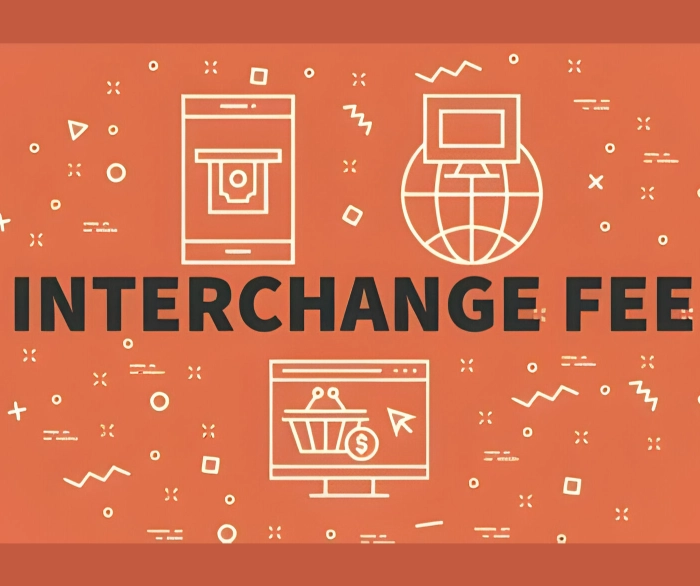Introduction
Interchange fees play a significant role in determining credit card processing costs for businesses, influencing transaction fees, merchant discounts, and profitability. In this guide, we’ll demystify interchange fees and provide essential insights into how they impact credit card processing costs, helping businesses understand payment processing fees and optimize their payment acceptance strategy.
Understanding Interchange Fees
Interchange fees are transaction fees paid by merchants to card-issuing banks for processing credit and debit card transactions. These fees are set by card networks such as Visa, Mastercard, and Discover and are typically expressed as a percentage of the transaction amount plus a fixed per-transaction fee. Interchange fees are determined based on various factors, including card type, transaction volume, processing method, merchant category, and risk factors.

Factors Influencing Interchange Rates
Interchange rates can vary depending on several factors, including:
Card type:
Different card types (e.g., credit, debit, prepaid) may have different interchange rates based on their rewards programs, benefits, and risk profiles.
Transaction volume:
Higher transaction volumes may qualify for lower interchange rates, while lower volumes may incur higher rates.
Processing method:
Card-present transactions typically have lower interchange rates than card-not-present transactions due to reduced risk of fraud and chargebacks.
Merchant category:
Interchange rates may vary by merchant category based on industry-specific risk factors and transaction patterns.
Risk factors:
Interchange rates may be influenced by risk factors such as chargeback ratios, fraud rates, and transaction size.
Impact on Credit Card Processing Costs
Interchange fees represent a significant portion of credit card processing costs for businesses and can impact profitability and pricing strategies. Merchants may pass on interchange costs to customers through higher prices or absorb the costs as part of their operating expenses. Understanding interchange fees and their impact on processing costs is essential for businesses to optimize pricing, maximize profitability, and remain competitive in the market.
Strategies to Manage Interchange Costs
To manage interchange costs effectively, businesses can implement strategies such as:
- Negotiating lower processing rates with payment processors.
- Optimizing transaction processing methods to qualify for lower interchange rates.
- Implementing fraud prevention measures to reduce chargebacks and fraud-related expenses.
- Monitoring interchange rates and transaction volumes to identify cost-saving opportunities.
- Utilizing payment technology and solutions that offer cost-effective processing options.
Conclusion
Demystifying Interchange Fees: Understanding Credit Card Processing Costs. Interchange fees are a fundamental component of credit card processing costs for businesses, influencing transaction fees, merchant discounts, and profitability. By understanding interchange fees, factors influencing interchange rates, impact on processing costs, and strategies to manage interchange costs effectively, businesses can optimize their payment acceptance strategy, maximize savings, and remain competitive in the market.
Unlock the potential of seamless payment processing with Daystar Payments. If you’re seeking to elevate your business with a reliable merchant account or exploring our comprehensive suite of payment processing solutions, we’re here to help. Take the first step towards efficiency and growth by applying now. Your journey to simplified transactions starts here. Click the button below to know more.
